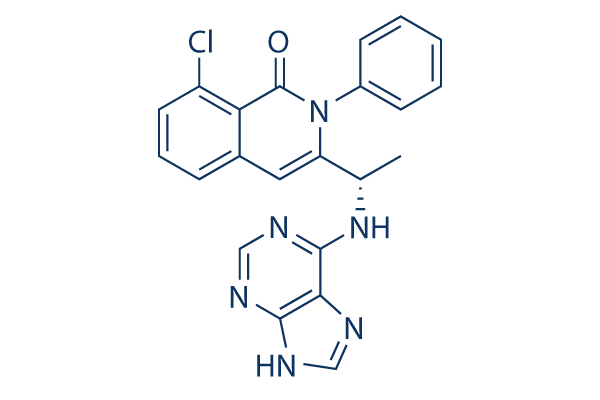Notably, as shown in Figure 3B, the presence of miR 34a led to a significant reduction in MAP3K9 mRNA and protein expression in each neuroblastoma cell lines relative to premiR damaging control treated samples.So that you can validate the 3 UTR of MAP3K9 can be a direct target of miR 34a, a one,140 base pair segment with the MAP3K9 3 UTR, inclusive of your miR 34a target web page, was cloned in to the 3 region of the luciferase gene inside the PsiCheck2 vector.Furthermore, a 2nd construct was produced that has a five base pair mutation inside of the target seed web page.As illustrated in Additional File 3, Figure S3, co transfection of Psi. miR 34a with mature miR 34a mimics didn’t lower luciferase exercise rela tive to the negative handle. Detrimental outcomes for these experiments had been obtained at distinctive time factors and with two cell lines.
indicating that both the miR 34a impact on MAP3K9 just isn’t a direct impact, or that there is some conformational structural big difference in between the 3 UTR from the reporter versus the native three UTR, which inhibits miR 34a targeting reversible DOT1L inhibitor of the reporter. MiR 34a features a very important tumor suppressor impact in an orthotopic mouse model of neuroblastoma While the role of miR 34a being a likely therapeutic in vivo continues to be studied in designs of colon cancer.lung cancer and glioblastoma to date the abil ity of miR 34a to inhibit neuroblastoma cell development has therefore far only been investigated in vitro. Given that various things effecting tumor growth can’t be investigated via cell culture alone, the effects of miR 34a above expression in an orthotopic murine model of neuroblas toma have been investigated.
Cells BMS599626 pre transfected with miR 34a or even the premiR damaging control had been injected retroperitoneally into CB17 SCID mice and tumor growth was detected via bioluminescence imaging facili tated by secure expression from the firefly luciferase gene in SK  N ASluc and NB1691luc cells. Bioluminescent data indicates that expression of miR 34a in these murine versions resulted in major reduction in tumor volume up to 21 days publish injection relative to premiR negative management taken care of groups.Control treated cells didn’t yield any significant variations in tumor volume rela tive to non transfected cell induced tumors. Thus, the results which had been noted is usually thought of for being a direct consequence of the introduction of miR 34a into the neu roblastoma cell, which were then subsequently utilised for tumor induction. Bioluminescence information from tumor development was col lected as much as 21 days submit tumor induction in every ani mal cohort. Subsequent to this time stage, animals had been sacrificed at moribundity. Notably, animals with miR 34a treated tumors, each SK N ASluc and NB1691luc survived considerably longer than cohorts with premiR adverse management taken care of tumors.D
N ASluc and NB1691luc cells. Bioluminescent data indicates that expression of miR 34a in these murine versions resulted in major reduction in tumor volume up to 21 days publish injection relative to premiR negative management taken care of groups.Control treated cells didn’t yield any significant variations in tumor volume rela tive to non transfected cell induced tumors. Thus, the results which had been noted is usually thought of for being a direct consequence of the introduction of miR 34a into the neu roblastoma cell, which were then subsequently utilised for tumor induction. Bioluminescence information from tumor development was col lected as much as 21 days submit tumor induction in every ani mal cohort. Subsequent to this time stage, animals had been sacrificed at moribundity. Notably, animals with miR 34a treated tumors, each SK N ASluc and NB1691luc survived considerably longer than cohorts with premiR adverse management taken care of tumors.D
Mirna Mimics
miRNA inhibitors for single or high throughput silencing
